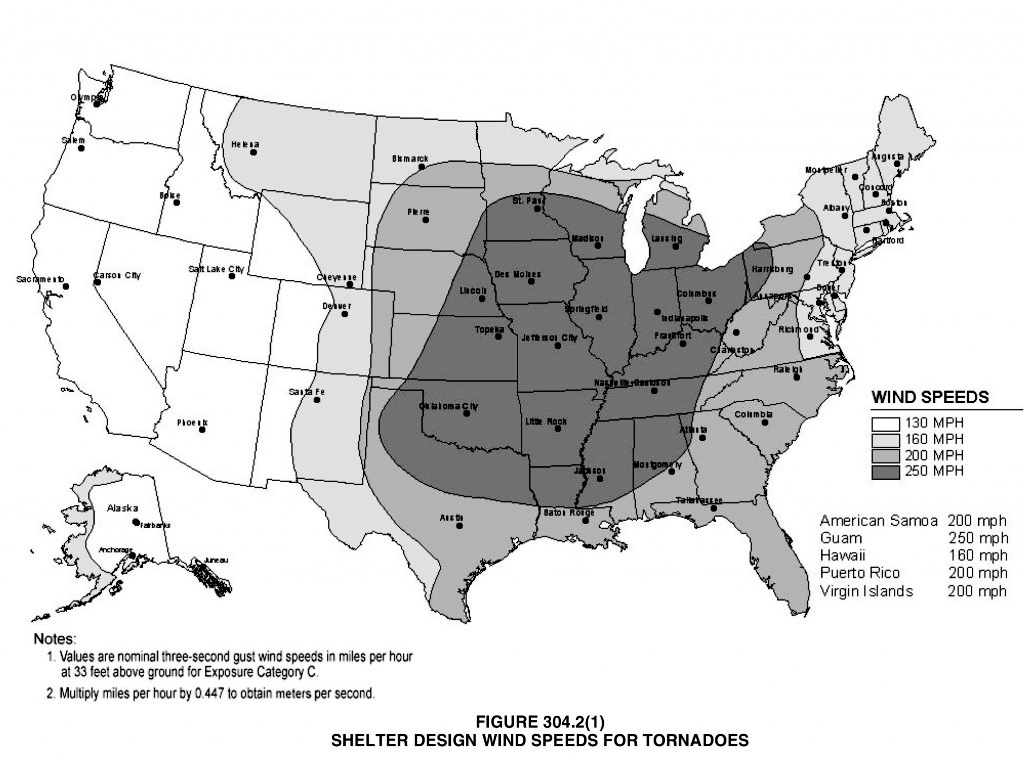Hurricane Shelter | Demystifying Storm Shelters
Hurricane Storm Shelter Requirements and Uses
Hurricane Shelter or Tornado Shelter, what's the difference?
Impact Rating for Storm Bunkers and Shelters
For storm shelters, when it comes to the difference between a hurricane shelter and a tornado shelter, it’s difficult to picture the difference between impact ratings. That’s because different tests use different projectile weights, speeds, etc. when looking at the four types of storm impact tests — normal Florida buildings, Category 4 buildings, Hurricane Safe Rooms, and Tornado Safe Rooms. Imagine a 16 lb bowling ball dropping onto a horizontal door. Doors on normal Florida buildings would have to withstand (with a less than 3-inch permanent dent) this 16 lb bowling ball dropping from a 2 story building. A door that is rated for a tornado safe room needs to be able to withstand that same 16 lb bowling ball dropping from a 32-story building while a hurricane shelter does not have the same exact requirements.
Hardened Infrastructure Required
The storm shelter building requirements are much different. Tornadoes come on more instantly, so the pressure cannot equalize the way it can during a hurricane. So, for tornado testing, you take all of the elements that go into PSF, and multiply by an internal pressure coefficient of 0.55. The 0.55 coefficient is for “partially enclosed” buildings and is required even if the building is fully enclosed. The Internal pressure coefficient is lower for hurricanes (at 0.18) because they come on slower and the pressure has more time to equalize. Basically, this means tornado shelters must be more rigid, because they come on more quickly, leading up to larger pressure differentials that put a strain on the storm shelter infrastructure.
Storm shelters designed for hurricanes don’t have to worry about this pressure build as much, because the pressure changes gradually and has more time to equalize, putting less strain on the hurricane shelter infrastructure.
Impact rating is just one difference in storm shelter requirements. Learn more about what requirements are needed for storms shelters in our free e-book today!
Download our free storm shelter ebook now!
How much wind does your area need to withstand?

Wind zones are areas of the United States that get (on average) different maximum speed winds. The higher the winds, the higher the chance of a tornado or hurricane and the more damage it can do. This does not mean, however, that the surrounding areas are not of concern. Even in the 160 mph zone, tornadoes can develop and cause devastating damage to the area. 160 mph can still tear off roofs and turn over cars. These areas are generally less prepared for a storm of this magnitude, since they are less likely. When you are underprepared it can, in turn, have a greater impact on the people and the possessions in that area.
![]()
HURRICANE VS. TORNADOES
Pressure equalizes more during a hurricane while tornadoes come on more instantly. Storm shelters for hurricanes require you to build for duration more than intensity. Generally, tornadoes are quicker with high winds, spewing projectiles at high speeds.
![]()
TORNADO ALLEY
It is required for an area with an increased risk of tornadoes or any state or locality that has adopted IBC 2015 or newer to have a storm shelter meeting the FEMA-361 requirements for all K-12 schools with 50 or more occupants, 911 call stations, police stations, fire, rescue and ambulance stations and more.
![]()
STORM SHELTERS
An inside area within a building, or a separate building altogether, which is created to protect occupants from tornadoes or hurricanes. Some of the most common areas to be converted are gymnasiums, classrooms and cafeterias.





